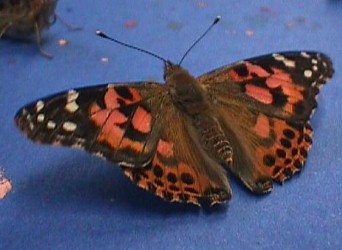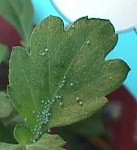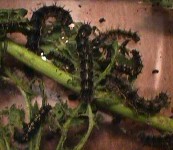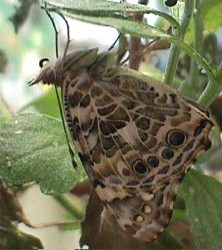
Play Music



|
|
|
Painted Lady Butterfly Information Painted Lady Butterfly Links |
|
PAINTED LADY BUTTERFLIES The Painted Lady butterfly lays eggs on plants, especially the malva plant. The eggs are green and oval shaped. They are about 1 mm big. 



|
|
The Butterfly Website http://butterflywebsite.com/ Painted Lady Butterfly
http://www.enchantedlearning.com/subjects/butterfly/activities/printouts/paintedlady.shtml Painted Lady http://mamba.bio.uci.edu/~pjbryant/biodiv/lepidopt/nymph/plady.htm http://www.public.iastate.edu/~mariposa/homepage.html |
BACK TO MRS. GRAY'S CLASSROOM PAGE

Send comments and suggestions to: comments@mrsgraysclassroom.org
Please do not copy the graphics
from this Web Site. Many of the graphics are
from copyrighted graphic collections on the
Internet. Please go to our
Graphics Page included in our
Educational Links to visit these great sites
to download graphics.
Updated 06/20/10
Copyright © 2010 Mrs. Gray's
Classroom
All Rights Reserved